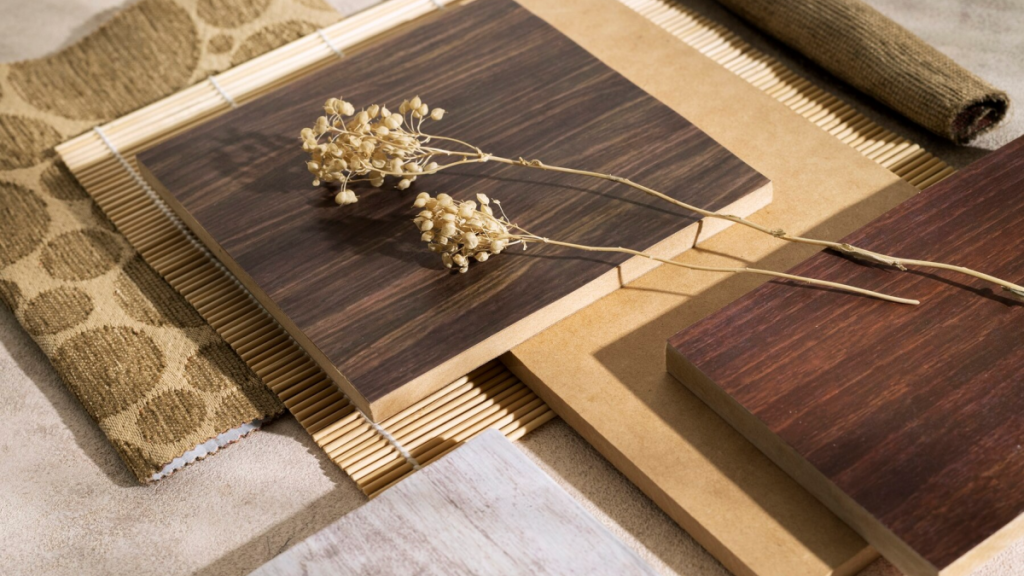Nothing quite compares to the warmth and charm that wood flooring adds to every area in the house. This floor type is also surprisingly economical and lasting. However, there are many options, and not all types of wood flooring are appropriate for all situations. Bear the following factors in mind when evaluating the several kinds of hardwood flooring that can be appropriate for your house.
Solid VS engineered wood
Solid and engineered hardwood are the two main categories of HS Wood Flooring materials. Milling logs make solid wood flooring, bonding along the long and short edges using a classic tongue and groove method.
On the other hand, engineered wood comprises many layers of plywood and composite material covered by an upper layer of solid hardwood. Although they have the same genuine hardwood beauty, engineered flooring, and solid hardwood differ primarily in their composition.
Solid wood is suitable for ground floor or above-grade installation since it can expand and contract in response to the humidity levels in a home. Engineered flooring is ideal for basements and bathrooms because of its multi-ply design, which makes it more solid.
Hardness
Rooms with heavy furniture and foot traffic are better suited for hardwoods (such as Brazilian cherry or hickory) with a greater hardness rating than softer woods (like cherry). Additionally, denting and scuffing are less likely to occur on harder woods. Vinyl and laminate flooring are examples of synthetic wood flooring, which is less resilient and more prone to damage than natural wood.
Grain, color, and visual appeal
Given the wide variety of wood flooring types, styles, and finishes available, choosing a floor to complement any room’s decor is not too difficult. Wide plank floors with clearly defined wood grains are an excellent choice for a country-style room. Conversely, wide, random plank flooring in maple and oak are good options for colonial homes.
Walnut, maple, oak, or parquet flooring in 2¼ to 3¼ inches widths will suit traditional interior design schemes. Almost any kind of wood can be utilized in a modern environment, depending on the stain or finish chosen. For example, dark charcoal, pewter, or whitewash finishes can turn any wood into a striking work of art.
Photosensitivity
Wood flooring changes color when exposed to direct sunshine, especially natural filtered light from your windows. Remember this when selecting the wood flooring for your house. Select a wood species less sensitive to light if your flooring receives a lot of direct sunshine. If your space gets more direct sunlight, steer clear of cherry wood flooring, as it is the most photosensitive type available.
Finish type
The finish is the deciding factor in a wood floor’s overall appearance. The same wood species will appear entirely different when finished in a clear gloss than a distressed, wire-brushed, or hand-scraped finish. Various gloss levels and finishing methods alter the wood floor’s overall appearance.
Cost and installation
Finally, consider the flooring costs and installation. Wood flooring varies in price depending on its kind, species, and finish. The average installation cost is often roughly half that of the flooring itself, depending on the type of flooring and installation required for your home.




